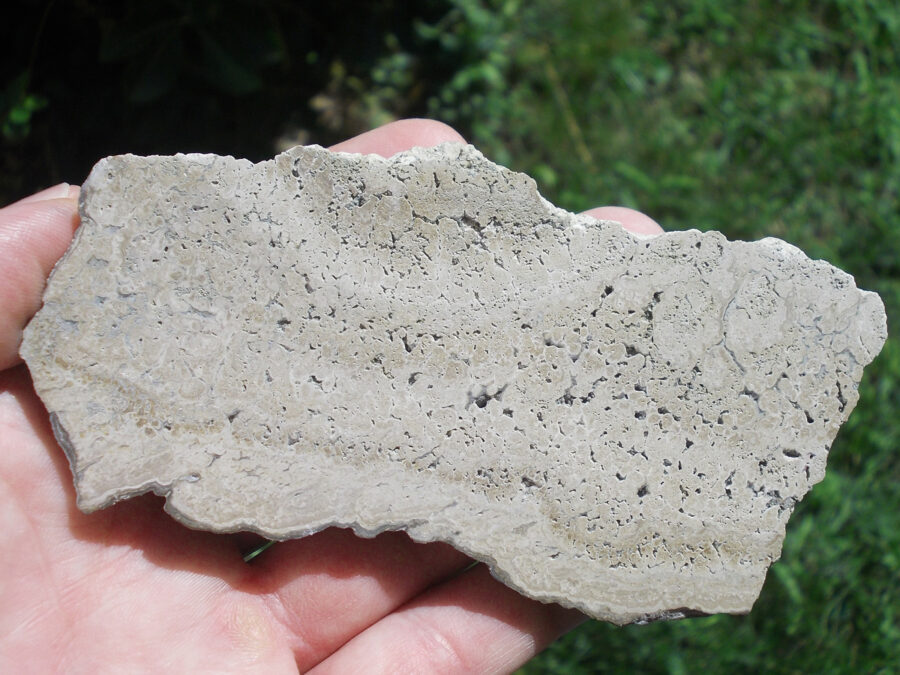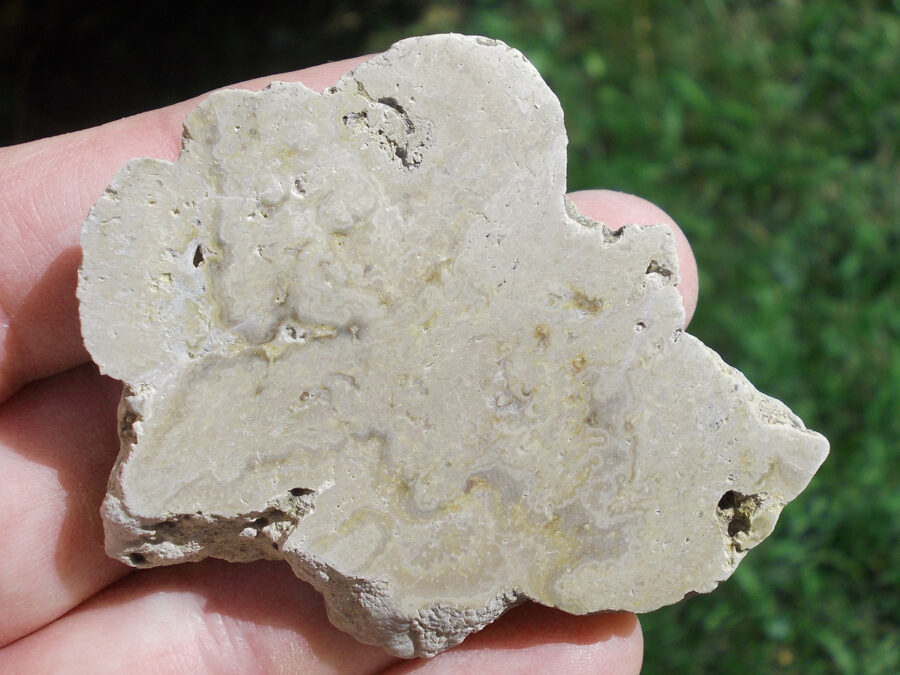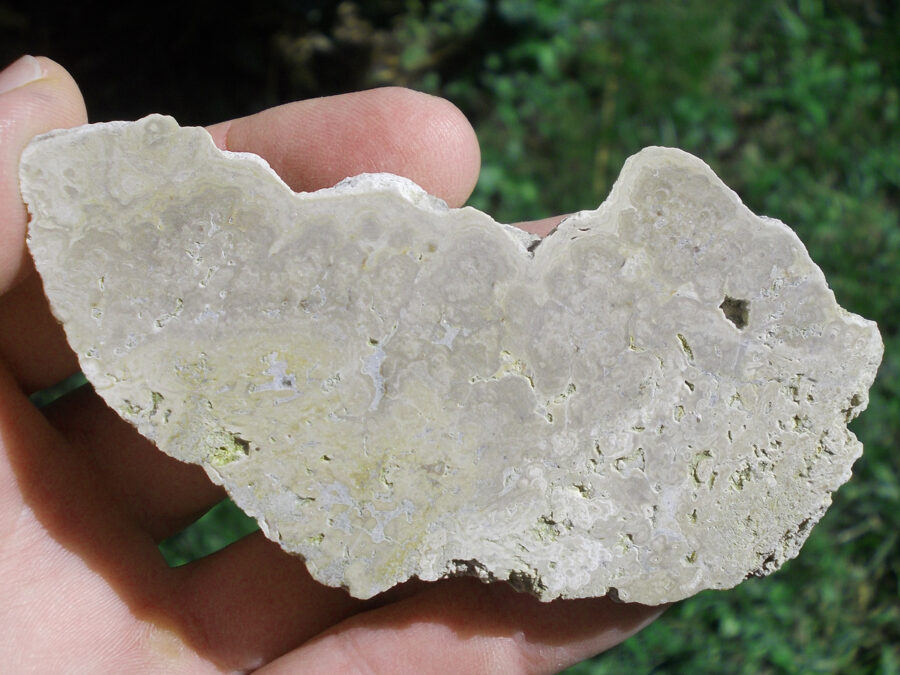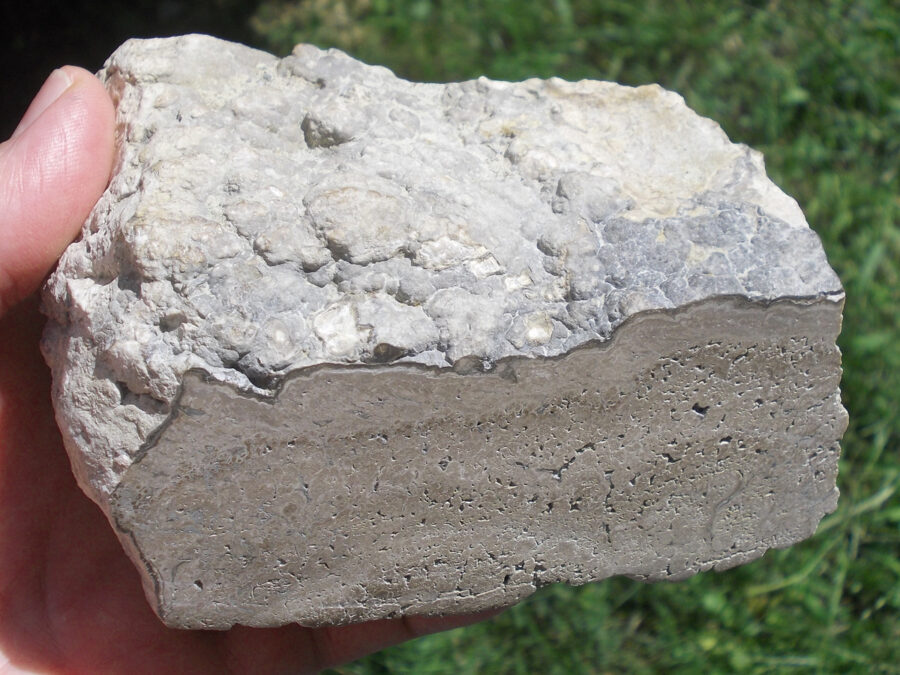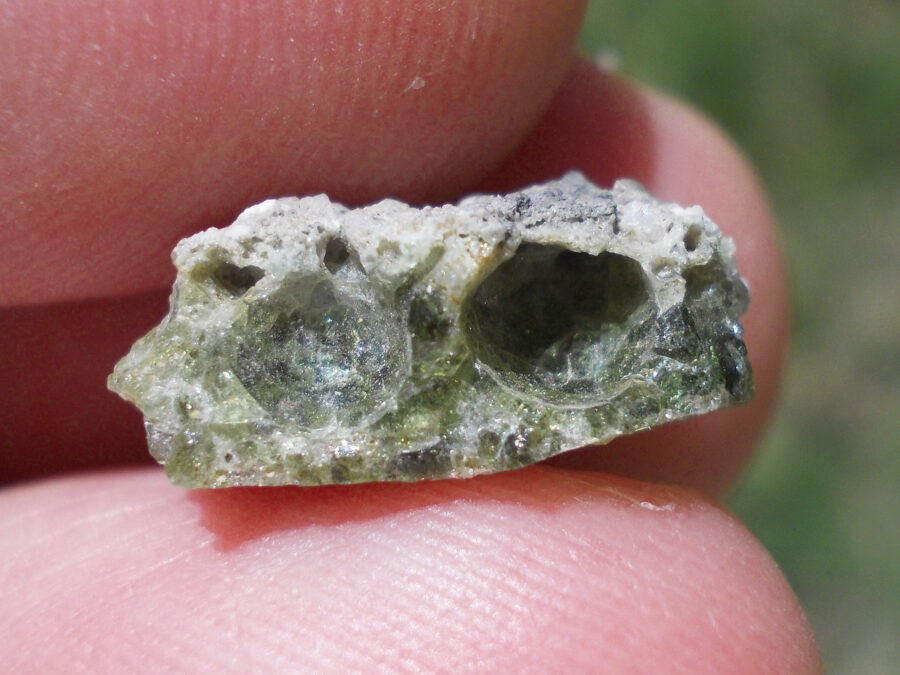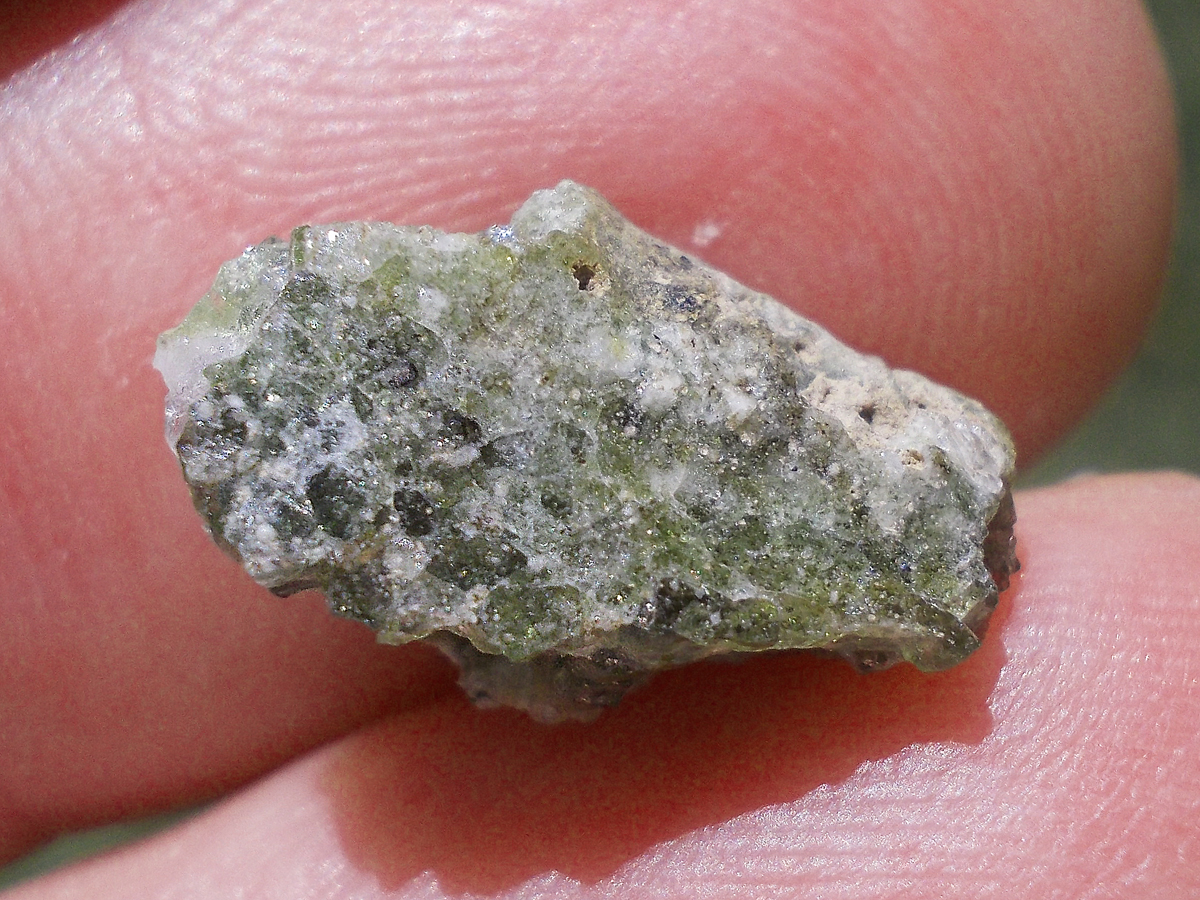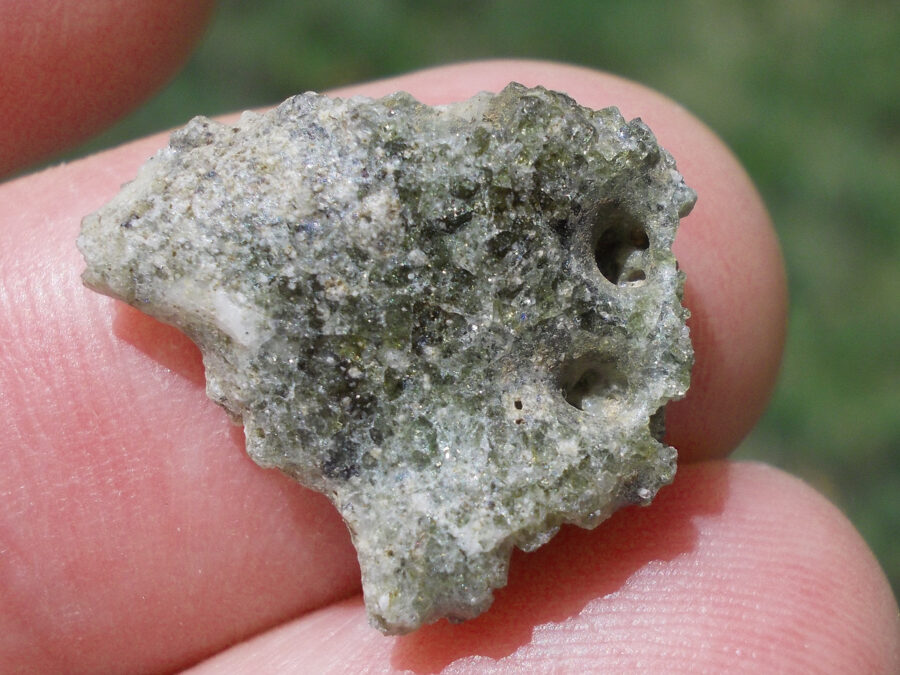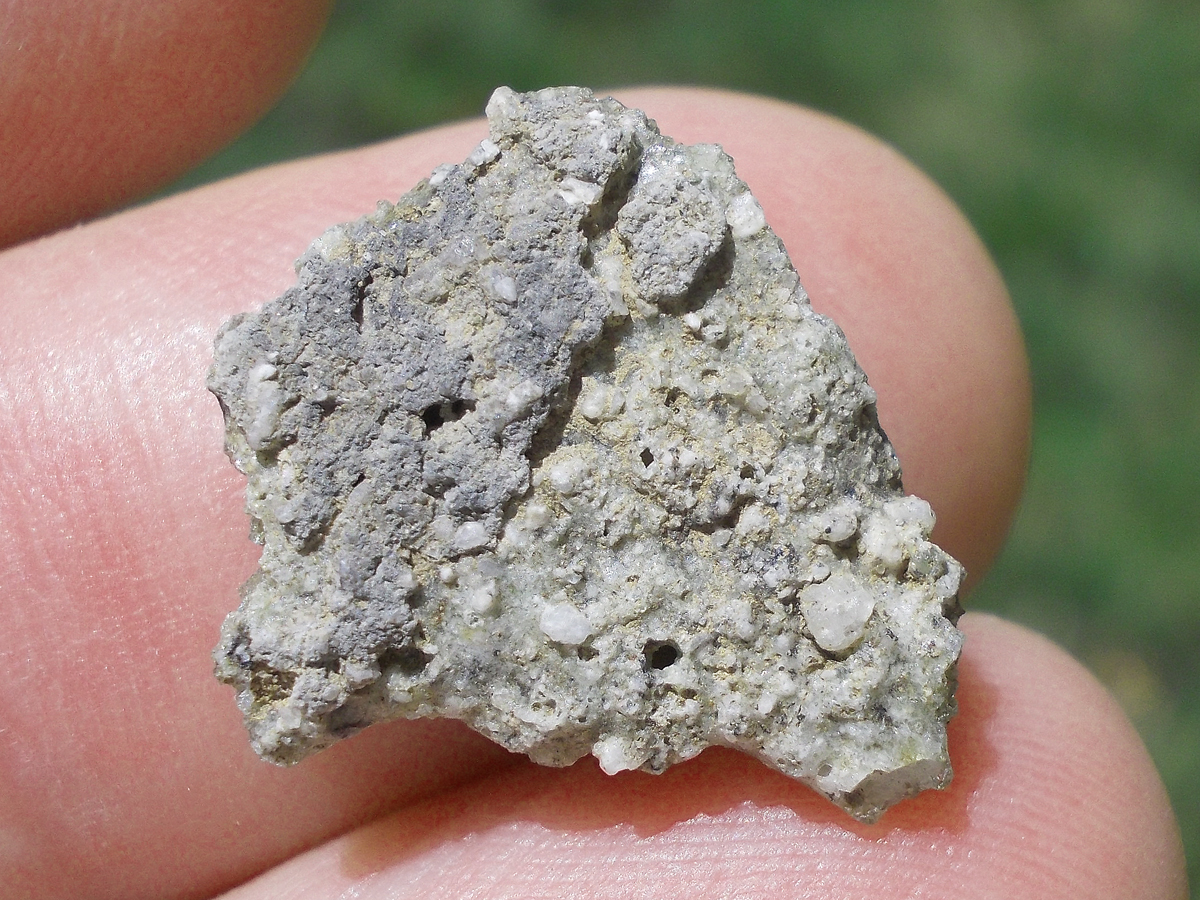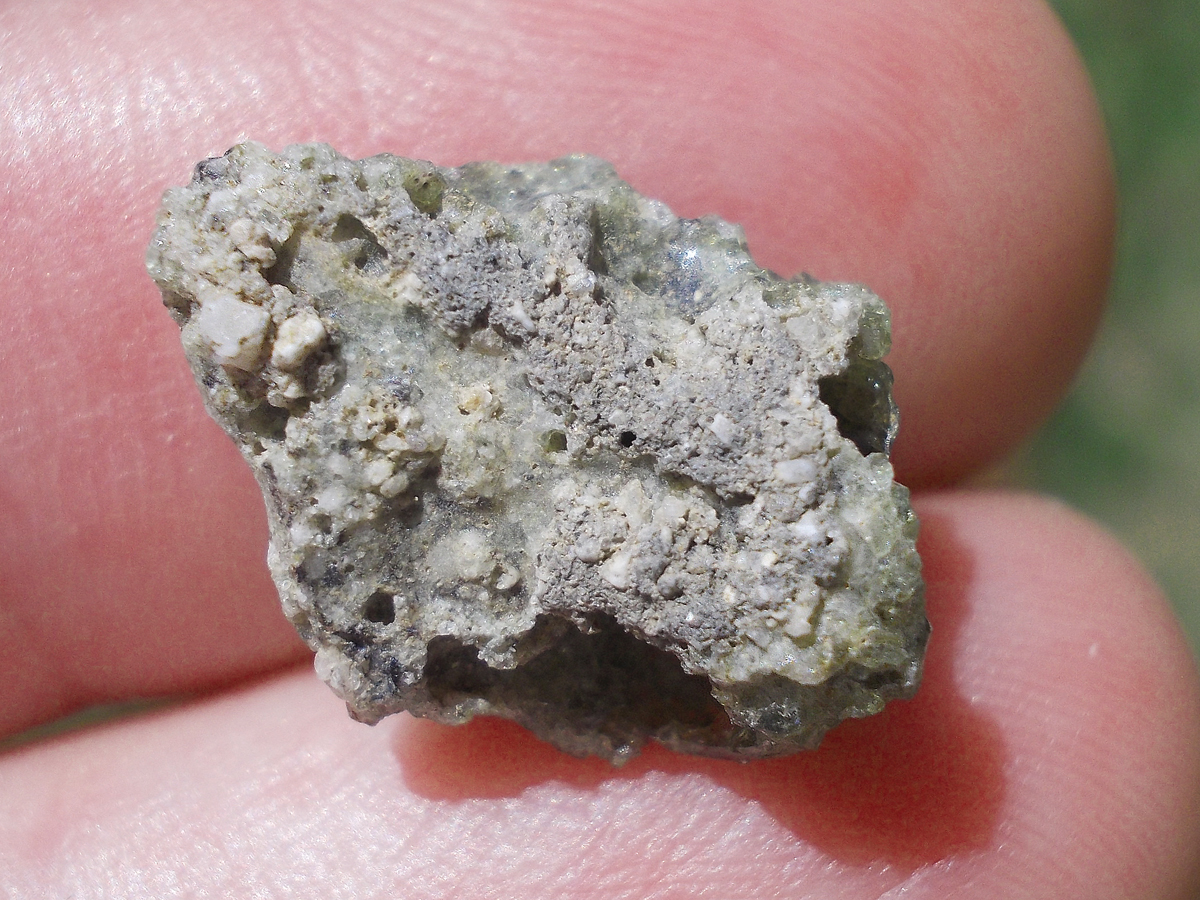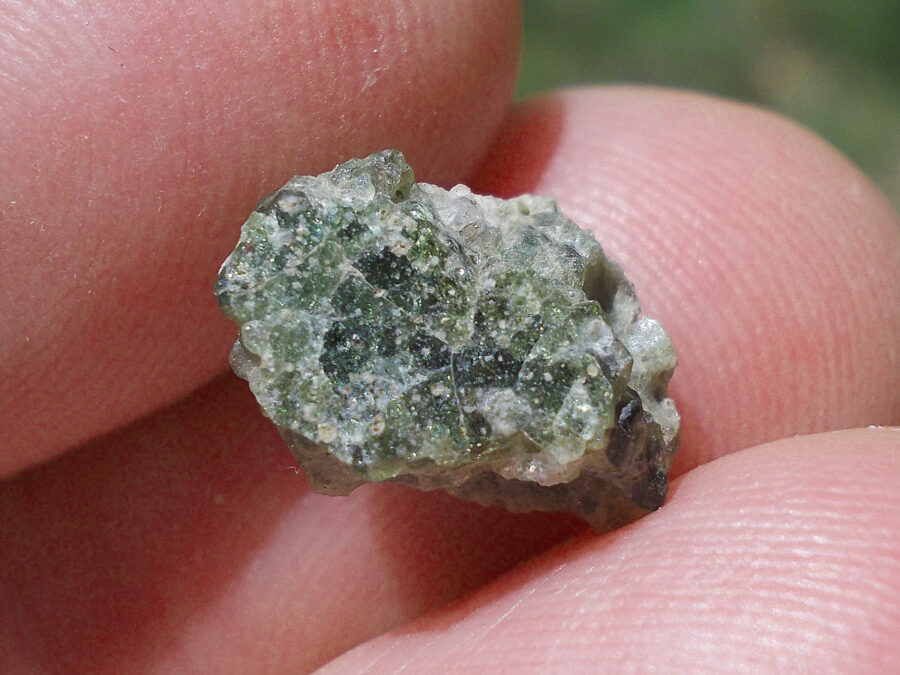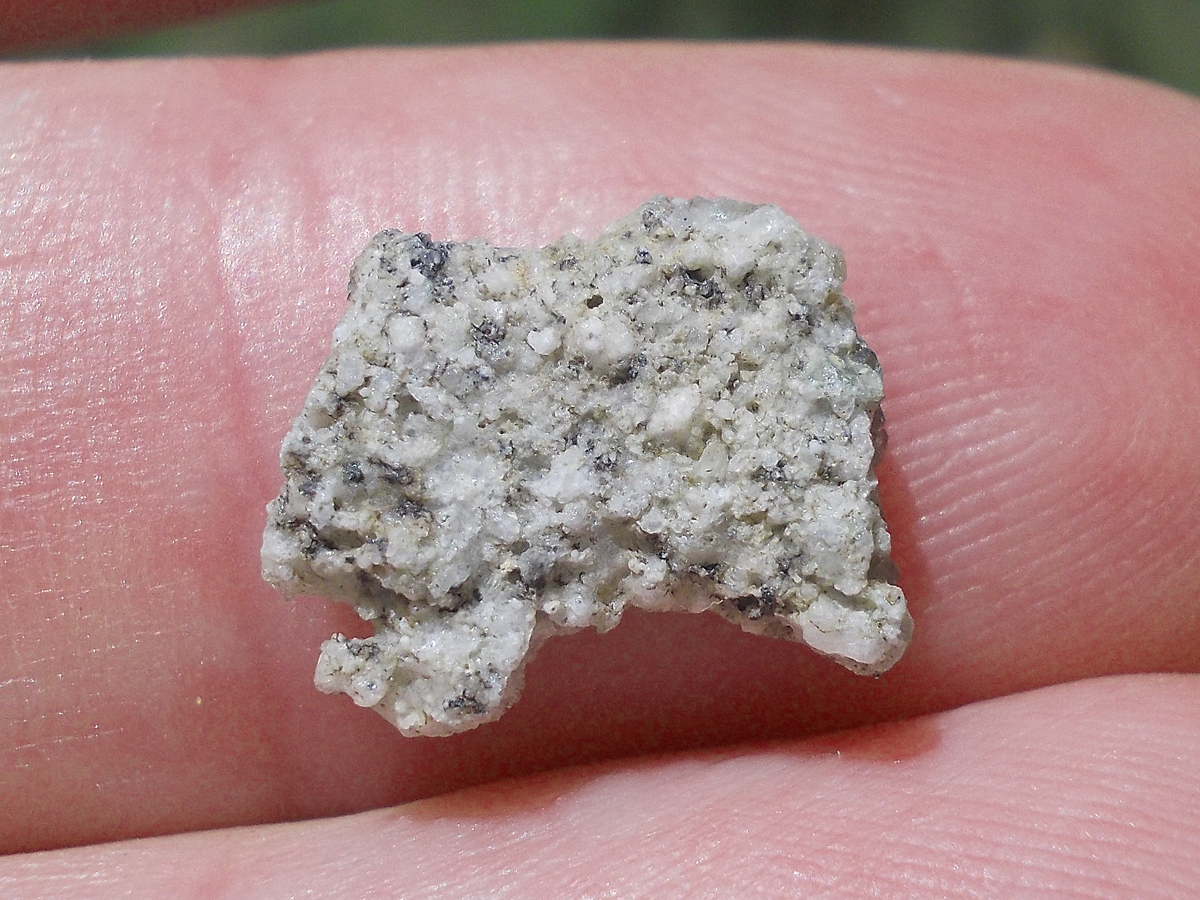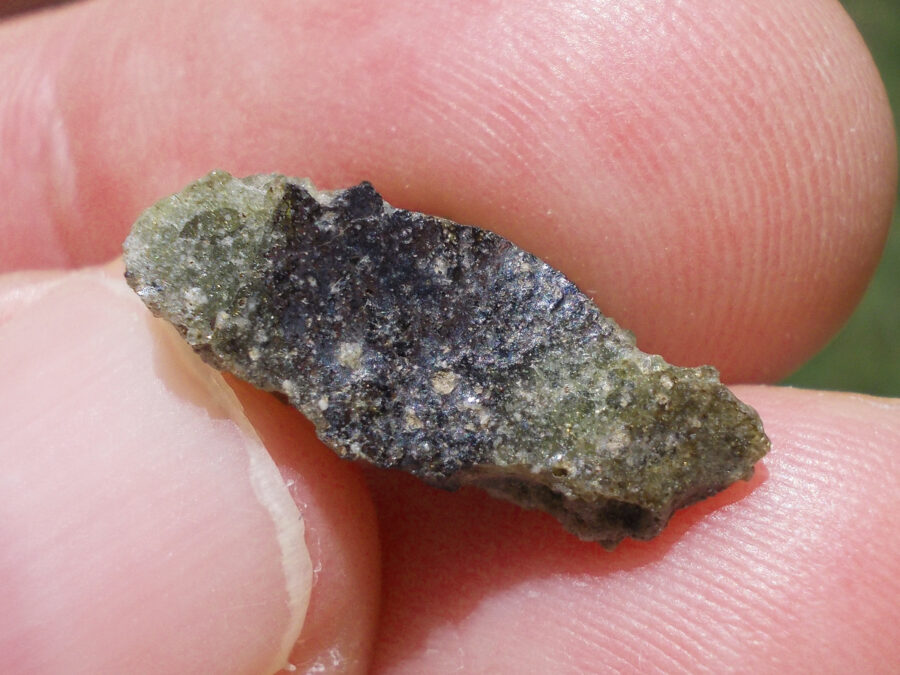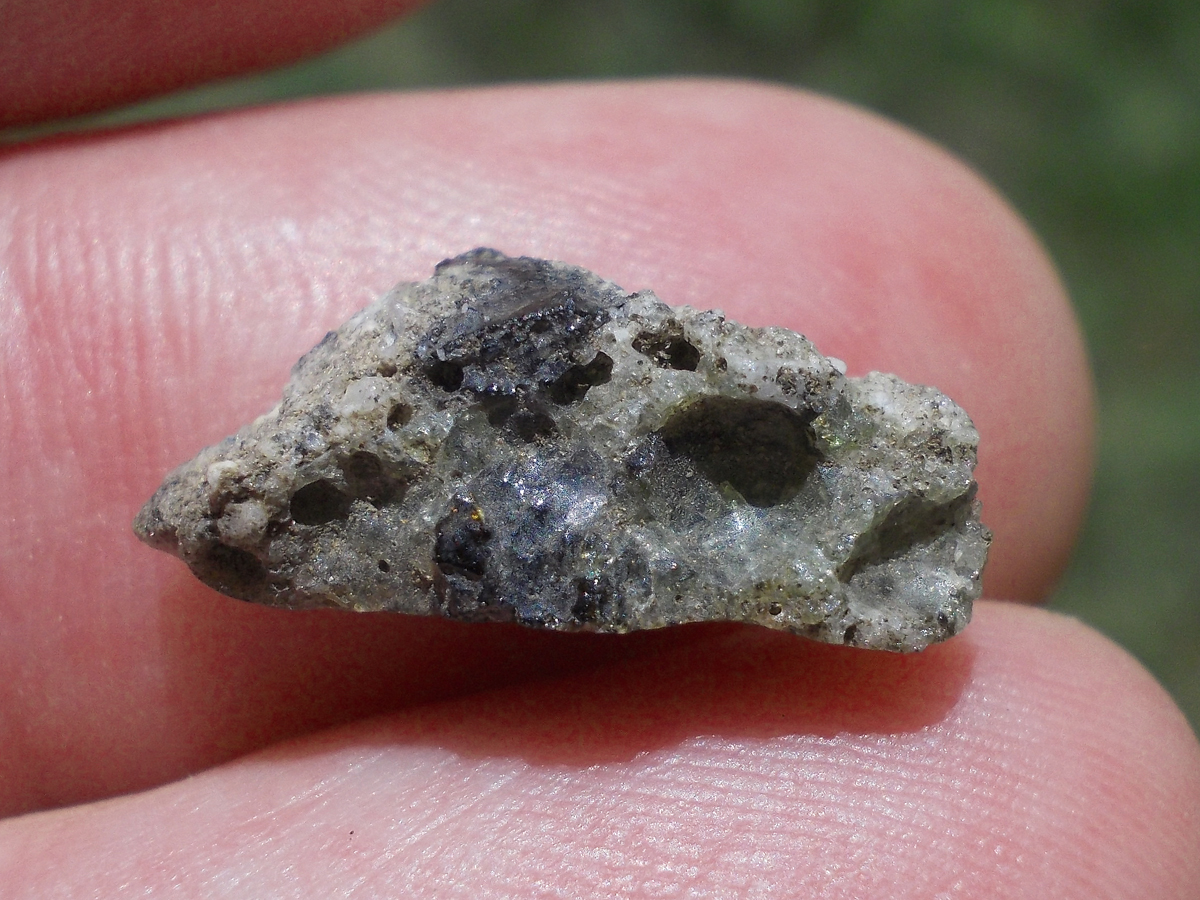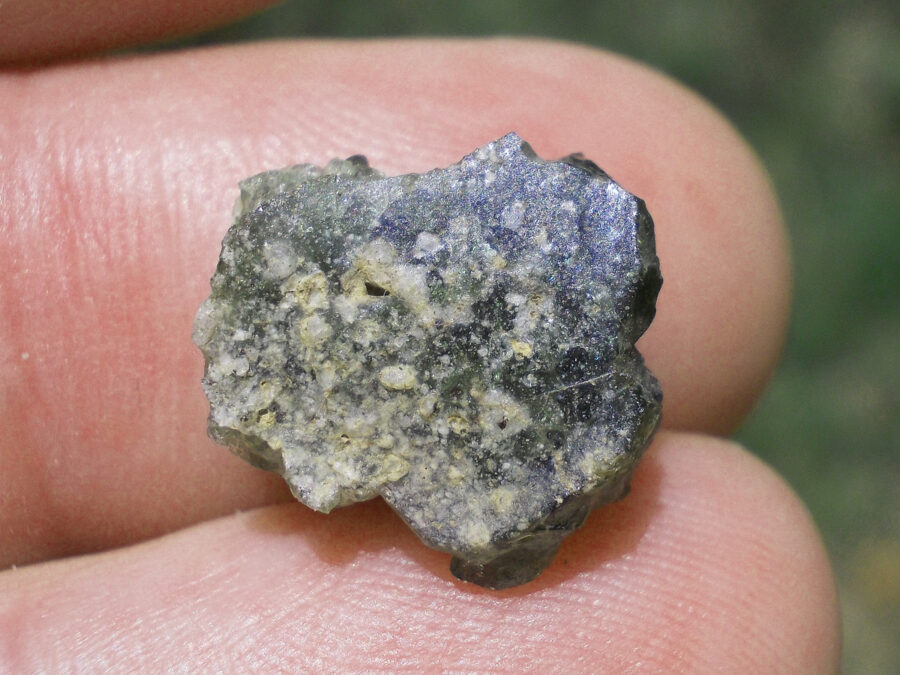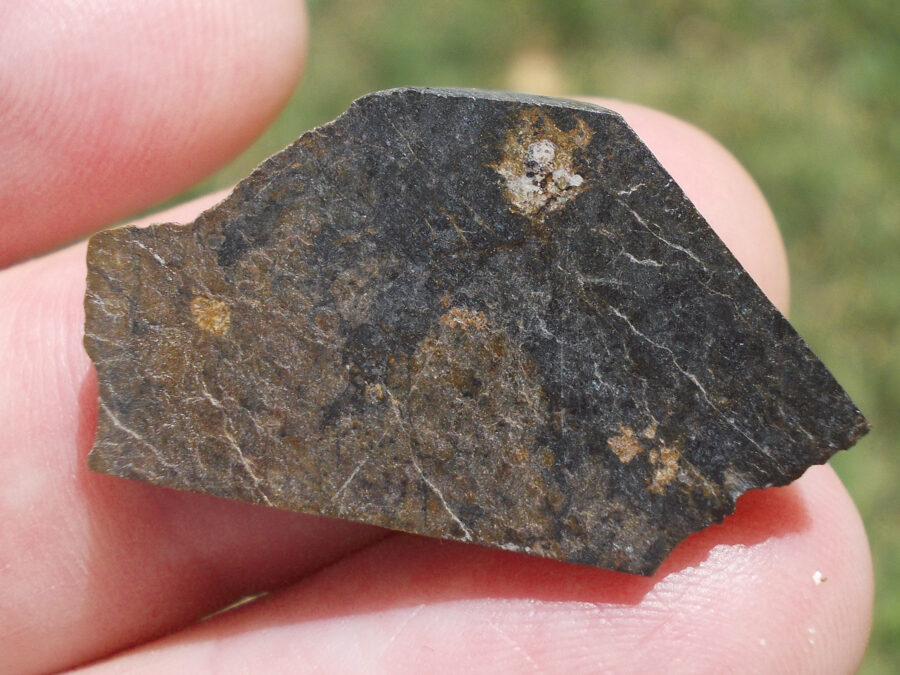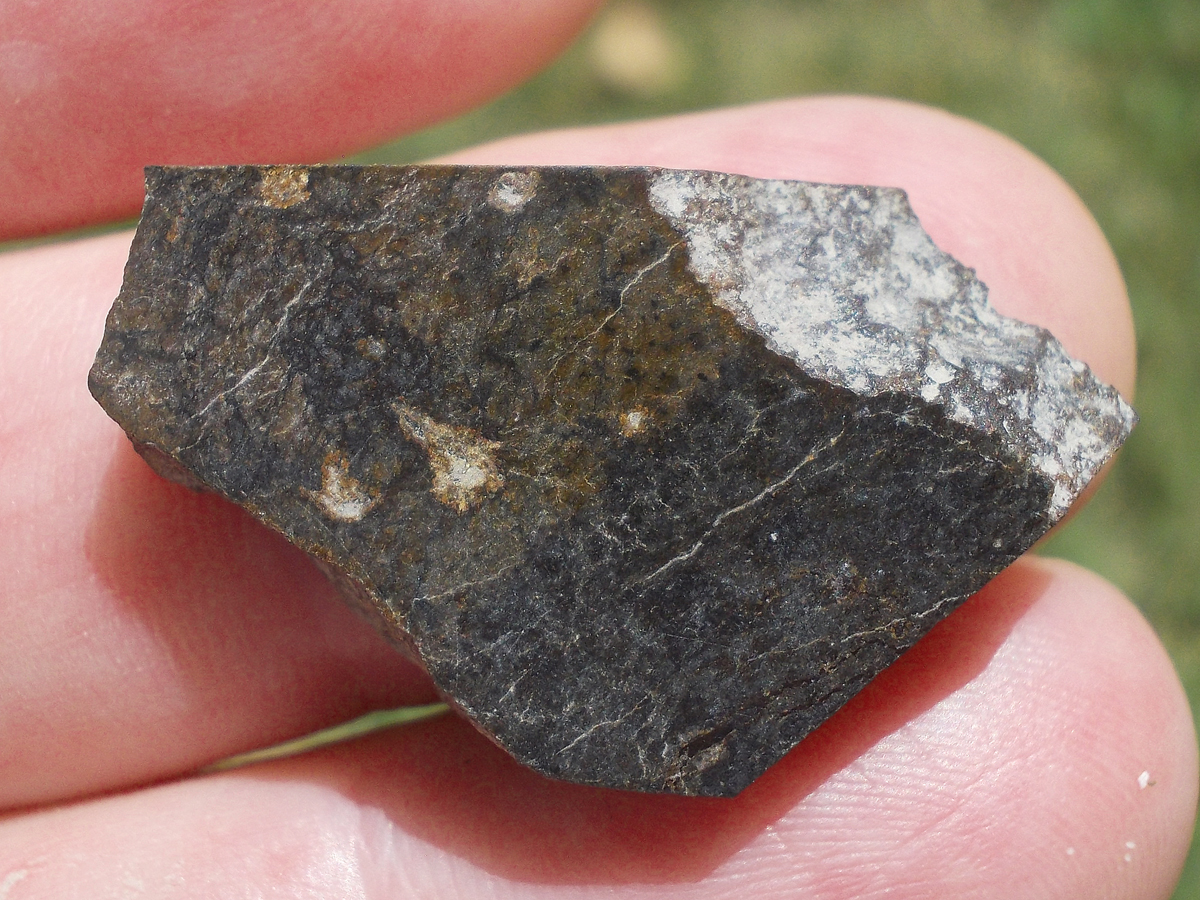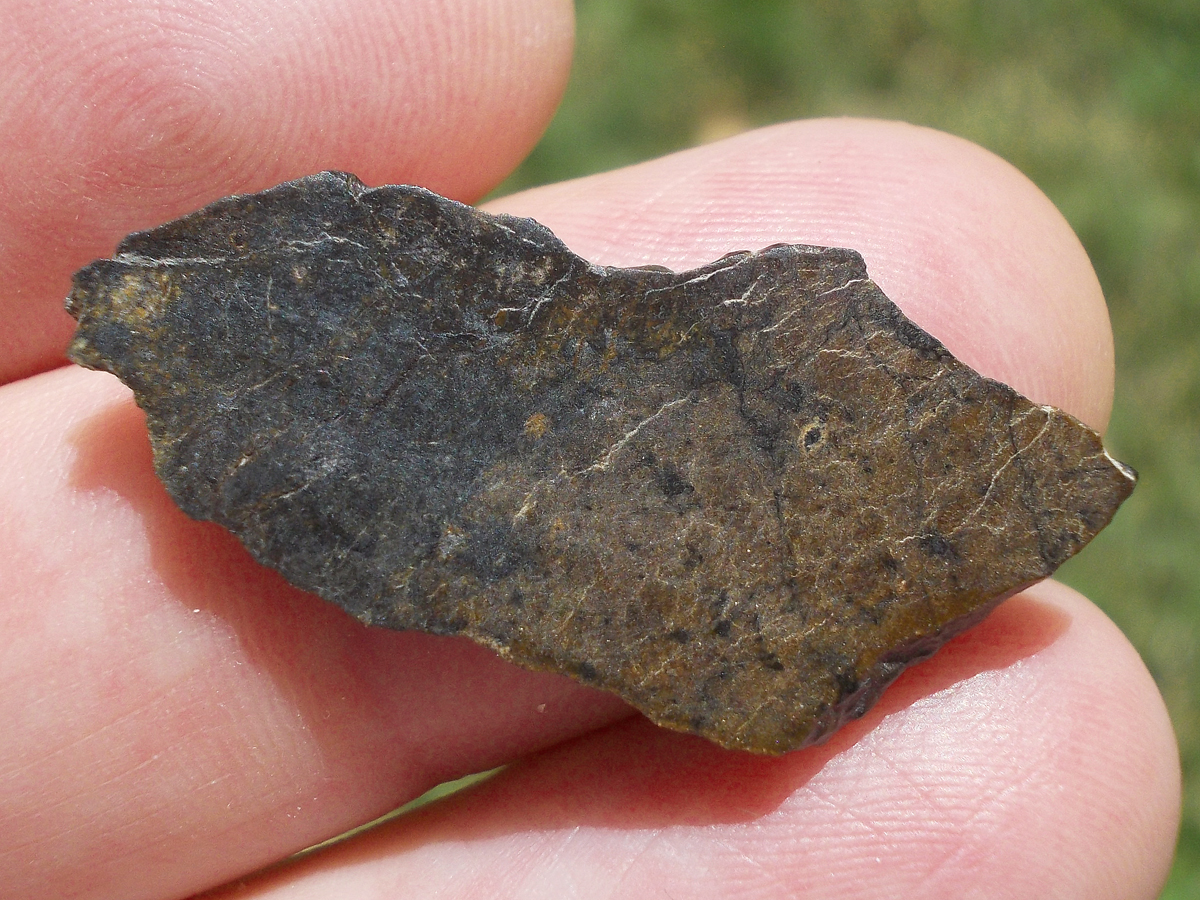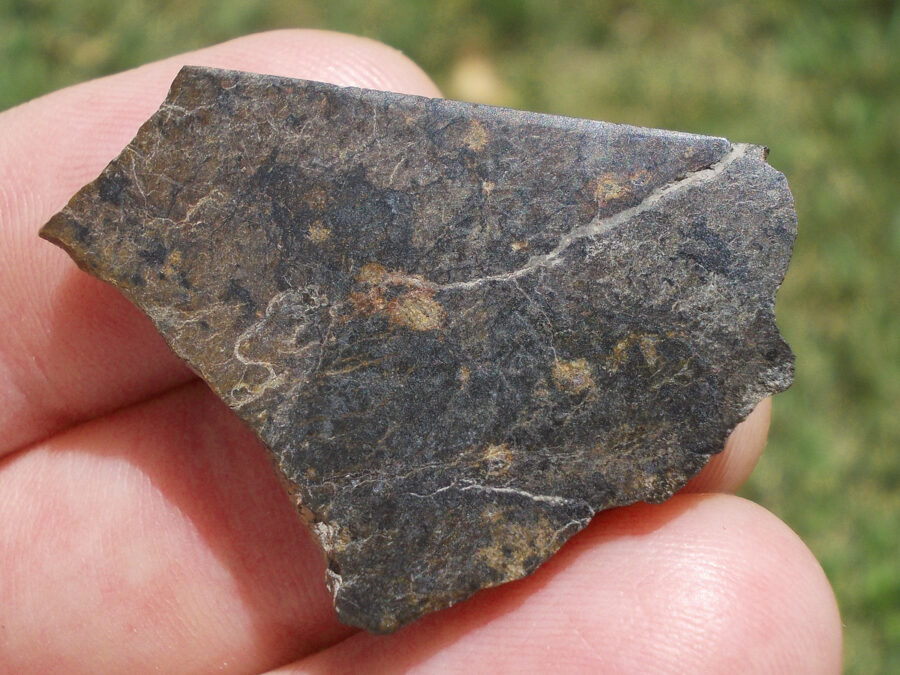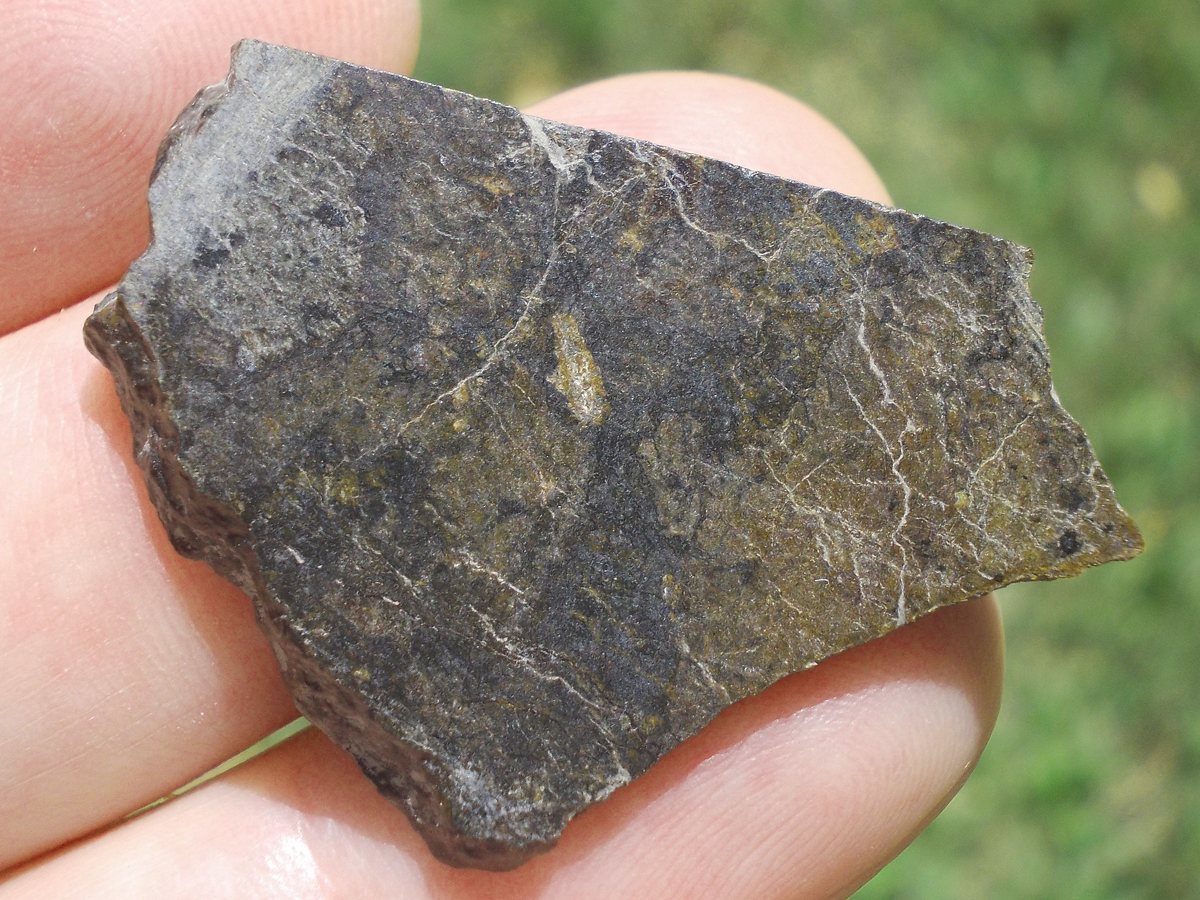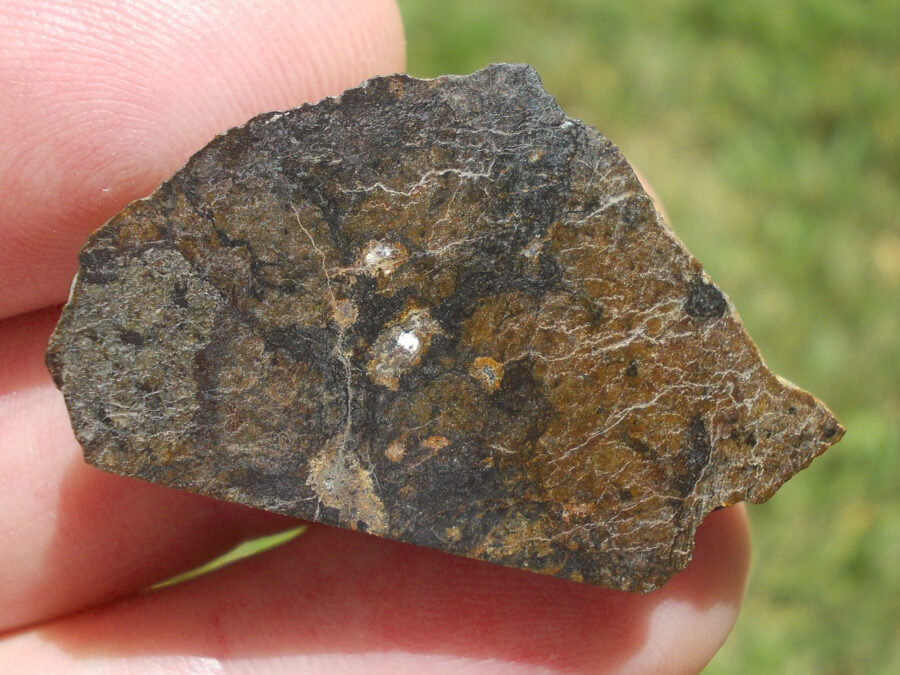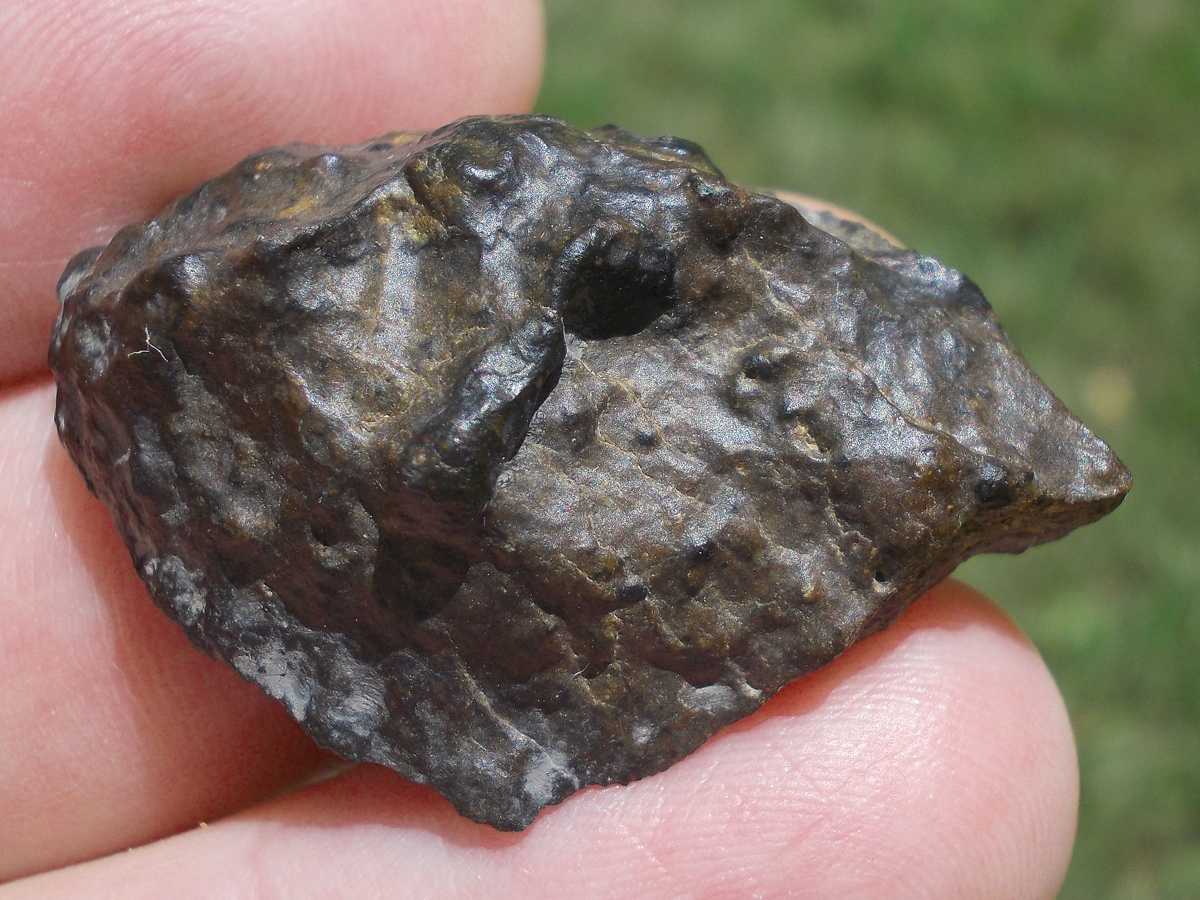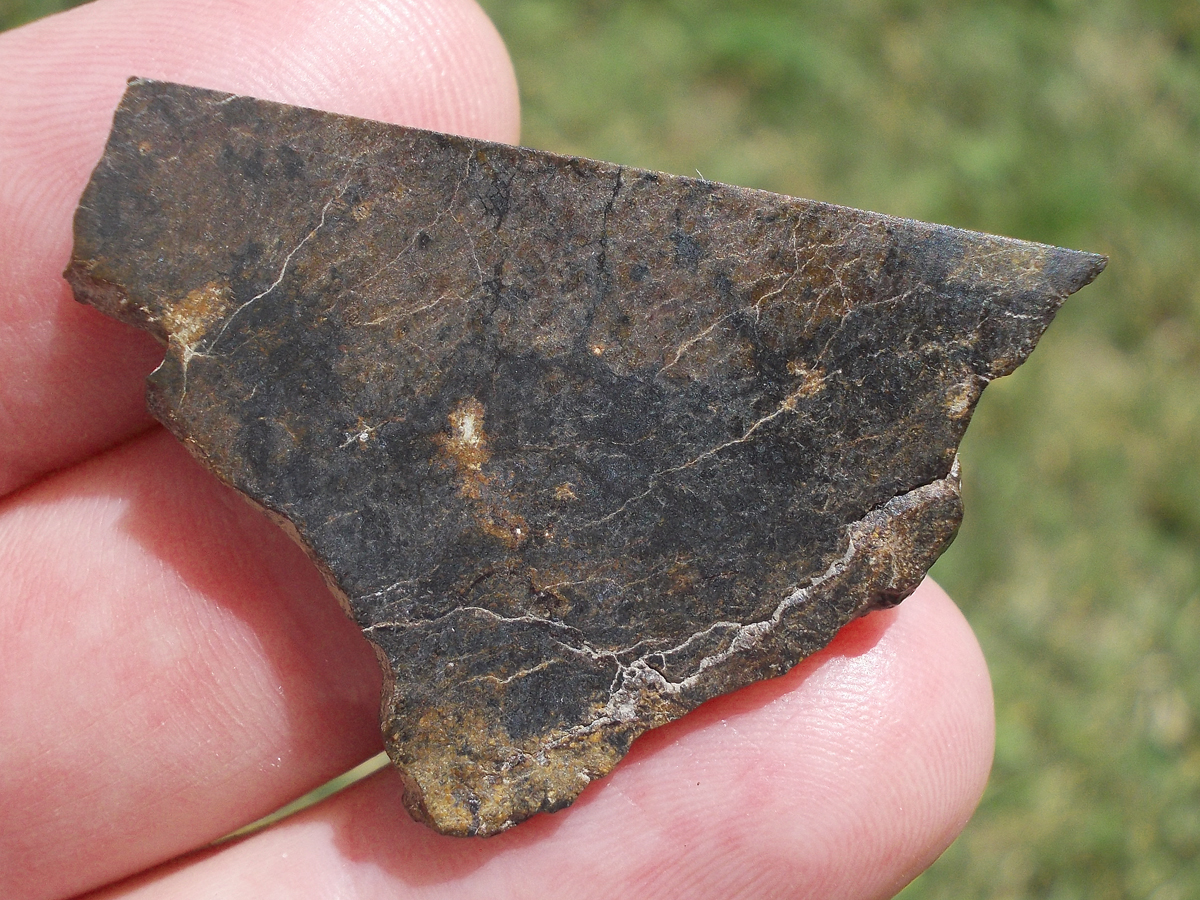- Sorry, this product cannot be purchased.
Stromatolite, 25 million years, France, Clermont-Ferrand #3 – 54 g
29,72 $Stromatolite, 25 million years, France, Clermont-Ferrand #2 – 147 g
39,64 $Stromatolite, 25 million years, France, Clermont-Ferrand #1 – 580 g
118,91 $Trinitite #38 – 0,6 g
27,74 $Trinitite is a glass made during the 1st nuclear explosion called Trinity, in Alamogordo, New Mexico, on July 16, 1945. Trinitite is made from the vitrification of the desert sand linked to the different elements of the structure on which the bomb rested and the bomb itself. Recently, researchers discovered that a piece of red Trinitrite took the form of a quasicrystal. First discovered in the laboratory in the 1980s, quasicrystals also occur in nature, notably in meteorites. Signalons que la Trinitite n’est pas du tout radioactive.
Trinitite #37 – 1,1 g
51,52 $Trinitite is a glass made during the 1st nuclear explosion called Trinity, in Alamogordo, New Mexico, on July 16, 1945. Trinitite is made from the vitrification of the desert sand linked to the different elements of the structure on which the bomb rested and the bomb itself. Recently, researchers discovered that a piece of red Trinitrite took the form of a quasicrystal. First discovered in the laboratory in the 1980s, quasicrystals also occur in nature, notably in meteorites. Signalons que la Trinitite n’est pas du tout radioactive.
Trinitite #36 – 1,5 g
70,36 $Trinitite is a glass made during the 1st nuclear explosion called Trinity, in Alamogordo, New Mexico, on July 16, 1945. Trinitite is made from the vitrification of the desert sand linked to the different elements of the structure on which the bomb rested and the bomb itself. Recently, researchers discovered that a piece of red Trinitrite took the form of a quasicrystal. First discovered in the laboratory in the 1980s, quasicrystals also occur in nature, notably in meteorites. Signalons que la Trinitite n’est pas du tout radioactive.
Trinitite #35 – 0,9 g
42,60 $Trinitite is a glass produced during the 1st nuclear explosion called Trinity, in Alamogordo, New Mexico, on July 16, 1945. Trinitite is the result of the vitrification of desert sand bonded to the various components of the structure on which the bomb rested, and of the bomb itself. Recently, researchers discovered that a piece of red Trinitrite took the form of a quasicrystal. First discovered in the laboratory in the 1980s, quasicrystals also occur in nature, notably in meteorites. The Trinitrite is not at all radioactive.
Trinitite #34 – 0,5 g
23,78 $Trinitite is a glass produced during the 1st nuclear explosion called Trinity, in Alamogordo, New Mexico, on July 16, 1945. Trinitite is the result of the vitrification of desert sand bonded to the various components of the structure on which the bomb rested, and of the bomb itself. Recently, researchers discovered that a piece of red Trinitrite took the form of a quasicrystal. First discovered in the laboratory in the 1980s, quasicrystals also occur in nature, notably in meteorites. The Trinitrite is not at all radioactive.
Trinitite #33 – 0,4 g
18,83 $Trinitite is a glass produced during the 1st nuclear explosion called Trinity, in Alamogordo, New Mexico, on July 16, 1945. Trinitite is the result of the vitrification of desert sand bonded to the various components of the structure on which the bomb rested, and of the bomb itself. Recently, researchers discovered that a piece of red Trinitrite took the form of a quasicrystal. First discovered in the laboratory in the 1980s, quasicrystals also occur in nature, notably in meteorites. The Trinitrite is not at all radioactive.
Trinitite #32 – 0,9 g
42,60 $Trinitite is a glass produced during the 1st nuclear explosion called Trinity, in Alamogordo, New Mexico, on July 16, 1945. Trinitite is the result of the vitrification of desert sand bonded to the various components of the structure on which the bomb rested, and of the bomb itself. Recently, researchers discovered that a piece of red Trinitrite took the form of a quasicrystal. First discovered in the laboratory in the 1980s, quasicrystals also occur in nature, notably in meteorites. The Trinitrite is not at all radioactive.
Trinitite #31 – 1,4 g
65,89 $Trinitite is a glass produced during the 1st nuclear explosion called Trinity, in Alamogordo, New Mexico, on July 16, 1945. Trinitite is the result of the vitrification of desert sand bonded to the various components of the structure on which the bomb rested, and of the bomb itself. Recently, researchers discovered that a piece of red Trinitrite took the form of a quasicrystal. First discovered in the laboratory in the 1980s, quasicrystals also occur in nature, notably in meteorites. The Trinitrite is not at all radioactive.
NWA 13351 #16 Ach Ung – 3,6 g
39,64 $
NWA 13351 #15 Ach Ung – 5,9 g
63,41 $
NWA 13351 #14 Ach Ung – 2,2 g
24,77 $
NWA 13351 #13 Ach Ung – 7,2 g
77,29 $
NWA 13351 #12 Ach Ung – 11,7 g
124,85 $
NWA 13351 #11 Ach Ung – 6,5 g
69,36 $


